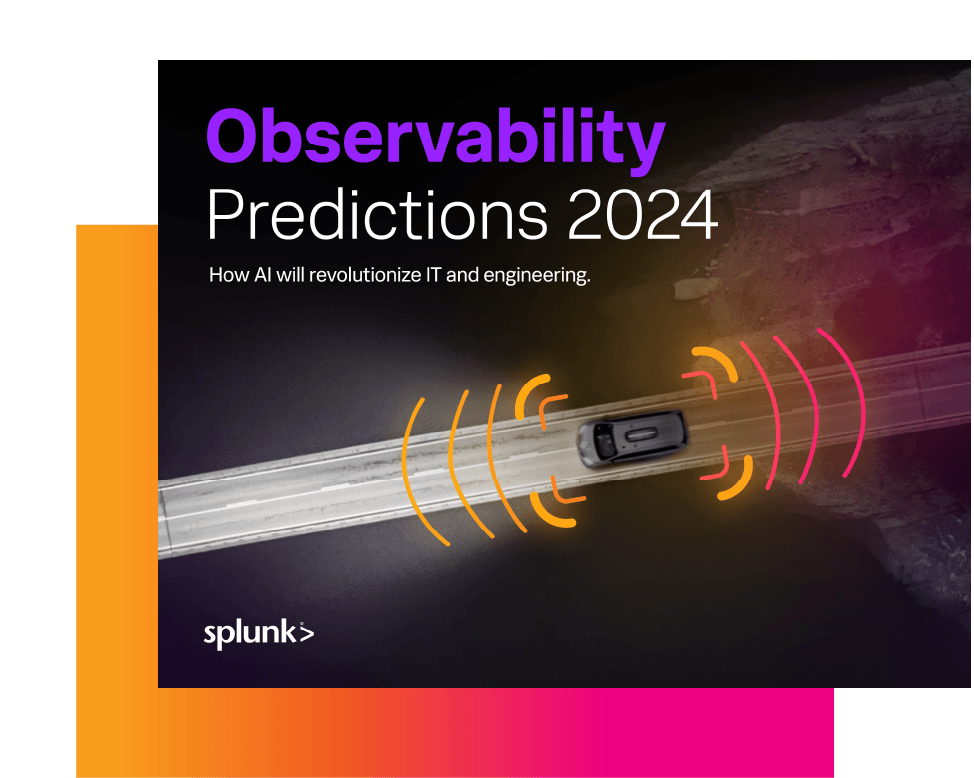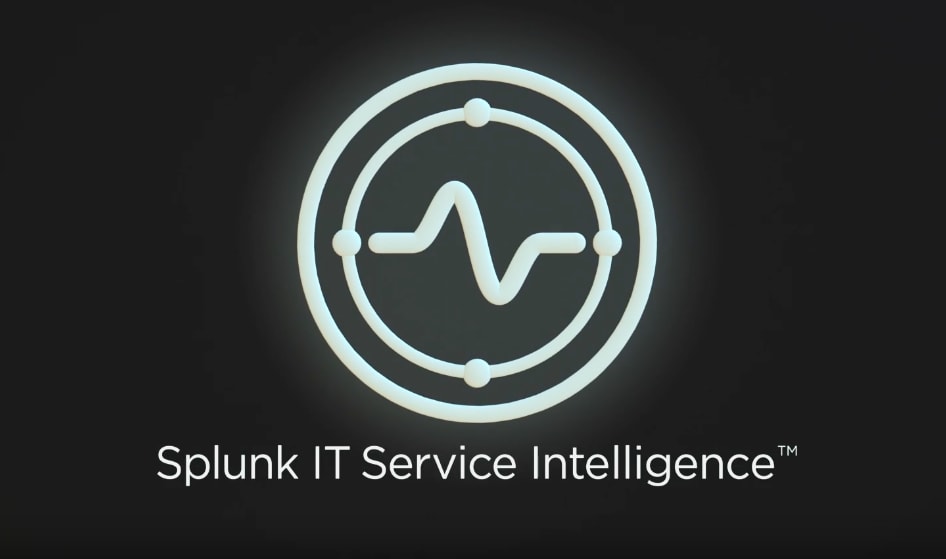Take Back Control of Your Workflows, Data, and Costs with Splunk Observability

Engineering and ITOps teams have an important mission: keeping their software and digital systems performing and reliable. But as we’re about to embrace a new year full of changes, industry shifts, and AI developments, this mission is challenged by increasingly complex environments, technology alternatives, and an overwhelming number of tools available. The result? Overages, tool sprawl, and toil, which all lead to longer times to detect and resolve issues.
Splunk’s unified Observability platform brings together a wide set of capabilities that enable practitioners to regain control of their data, processes, and costs. From AI-powered features to OpenTelemetry, Splunk delivers tools to engineers and ITOps practitioners so they can speed up their troubleshooting workflows, resolve issues faster, and reduce operational challenges.
Proactively Detect, Investigate, and Resolve Issues Faster with AI/ML
AIOps for Observability
Splunk invests in AI and machine-learning capabilities so ITOps practitioners can not only quickly debug anomalies that impact their IT services, but also anticipate them. For instance, Splunk IT Service Intelligence has built-in AIOps capabilities that help spot anomalies before they turn into full-blown incidents, detect patterns, and guide users in their troubleshooting journey. Assisted Adaptive Thresholding, Event Analytics, Anomaly and Outlier Detection are only a few of the many ways Splunk utilizes AI to reduce alert fatigue, prevent outages from happening (again), and improve troubleshooting accuracy.
 AutoDetect
AutoDetect
Engineers and developers can also benefit from machine-learning capabilities to monitor and debug their workloads with AutoDetect alerts and detectors in Splunk Observability Cloud. AutoDetect deploys alerts and detectors out-of-the-box within minutes the moment customers start sending in their data to Observability Cloud to automate issue detection and alerting. With capabilities like AutoDetect, engineers can troubleshoot problems more accurately and with less toil.

Predict and Control Cost More Efficiently Across Teams
Tool Consolidation for Observability
Most engineering, business operations, and ITOps teams can agree on this: they have been dealing with tool fragmentation for too long. Instead, what they need is a single flexible solution that centralizes a wide range of use cases, from cloud-native troubleshooting to alerting, business analytics, and end-user monitoring. But also, a platform where they can holistically visualize their tech environments, whether hybrid, on-premises, or purely cloud.

Splunk Observability Cloud does that by bringing together infrastructure monitoring, APM, and digital experience monitoring in one unified solution. This platform approach to observability enables users to reduce downtime by gaining full visibility across their systems in one place. Not to mention that consolidating tools will reduce operational maintenance as well as drive better cross-team alignment, more cost control, and efficiency.
The Versatility of Logs
Let’s say you’ve noticed a huge demand spike in your application services. You’re not entirely sure where it came from: is it because Taylor Swift mentioned your brand in her concert or is it a DDoS attack? That’s where logs come in: they play a critical role in helping you determine the cause of an issue, no matter its nature or origin. However, only a scalable and flexible logging solution can help you catch the cause of this problem, troubleshoot fast, and secure your systems effectively and consistently.
With Splunk Platform, practitioners across the organization make the most of logs with powerful log management that addresses security, ITOps, and engineering challenges. Specifically, SREs and developers are able to get more context during their investigations by enabling Log Observer Connect. This feature fetches the logs from Splunk Cloud or Enterprise and seamlessly connects them to Splunk Observability Cloud’s real-time metrics and traces. That way, practitioners can easily benefit from our petabyte-scale log platform for search and reporting as well as for monitoring and troubleshooting their production environments.
Gain Complete Control and Ownership of Your Data with OpenTelemetry
Did you know? Splunk Observability Cloud is built on top of OpenTelemetry, a collection of tools and APIs to help users instrument all their data (logs, metrics, traces) only once. Using OpenTelemetry not only reduces the amount of time usually needed to ingest data, but also helps standardize all observability telemetry while freeing you from vendor lock-in associated with proprietary agents.
As a result, developers don’t need to worry about re-instrumenting codes or configuring new agents when switching tools. Instead, they can send data wherever they want to (Splunk, Grafana, Prometheus, AWS Bucket, you name it!) or convert it from one format to another without hassle. With OpenTelemetry, you get to decide where your data is and what it looks like.

Splunk is a long-time participant in the OpenTelemetry project and has been a top contributor for years. We’ve made continuous efforts to deliver OpenTelemetry-related features, including our recently released Splunk Add-on for OpenTelemetry Collector. This capability allows you to use the Splunk Deployment Manager and deploy the OpenTelemetry Collector so you can easily collect high-fidelity metrics and traces from your existing infrastructure. But more is coming so stay tuned!
 Conclusion
Conclusion
Whether you’re an SRE, a software developer, or an ITOps professional, Splunk helps you stay atop disruptions — even unknown ones — and fully embrace the year ahead.
Curious about the future of observability? Check out our Observability Predictions 2024 report where we explore several potential upcoming trends in the observability industry.
Related Articles
About Splunk
The world’s leading organizations rely on Splunk, a Cisco company, to continuously strengthen digital resilience with our unified security and observability platform, powered by industry-leading AI.
Our customers trust Splunk’s award-winning security and observability solutions to secure and improve the reliability of their complex digital environments, at any scale.




